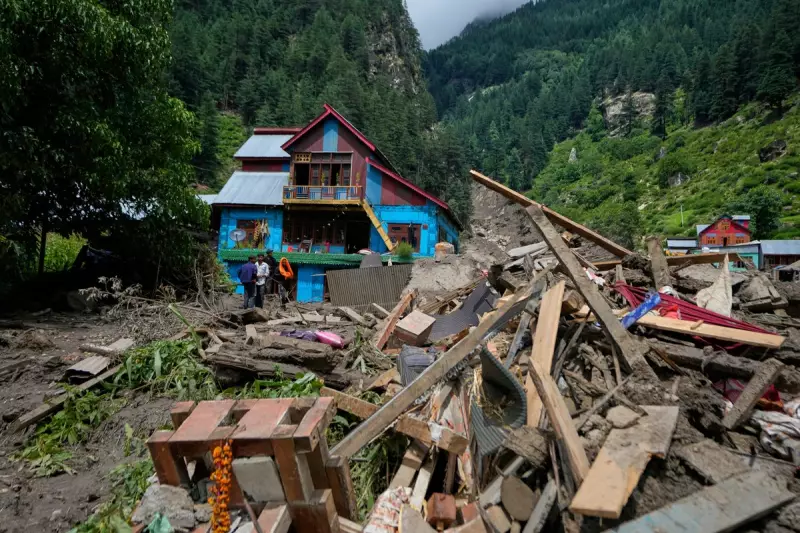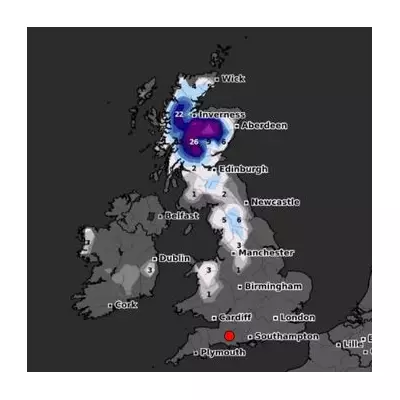
In recent weeks, parts of northern India and Pakistan have been battered by catastrophic flooding caused by an extreme weather phenomenon known as a cloudburst. These sudden, intense downpours have claimed dozens of lives, destroyed homes, and left communities reeling.
What Exactly Is a Cloudburst?
A cloudburst occurs when an unusually large amount of rain falls in a very short period - typically over 100mm (4 inches) per hour. The term originates from the idea that clouds "burst" open to release their moisture all at once.
The Science Behind the Deluge
Meteorologists explain that cloudbursts happen when:
- Warm air currents rapidly carry moisture upward
- This moisture condenses into rainclouds at higher, cooler altitudes
- Updrafts become so strong they prevent rain from falling initially
- Eventually the system can't hold anymore and releases all the accumulated rain
Why Are Cloudbursts So Dangerous?
The sheer volume of water arriving in minutes creates multiple hazards:
- Flash floods: Torrents of water sweep away everything in their path
- Landslides: Saturated hillsides collapse, burying villages
- Urban flooding: Drainage systems are overwhelmed in cities
- Infrastructure damage: Roads, bridges and buildings are washed away
Climate Change Connection
Scientists warn that global warming may be increasing cloudburst frequency because:
- Warmer air holds more moisture (about 7% more per 1°C rise)
- Changing wind patterns concentrate rain in smaller areas
- Monsoon systems are becoming more erratic and intense
Recent Devastation in South Asia
The Himalayan regions of India and Pakistan are particularly vulnerable to cloudbursts due to their mountainous terrain. Recent events have:
- Killed over 100 people across both countries
- Displaced thousands from their homes
- Caused billions in damage to crops and infrastructure
As climate change progresses, experts fear these extreme rainfall events will become more common worldwide, challenging communities to adapt to this dangerous new weather reality.





